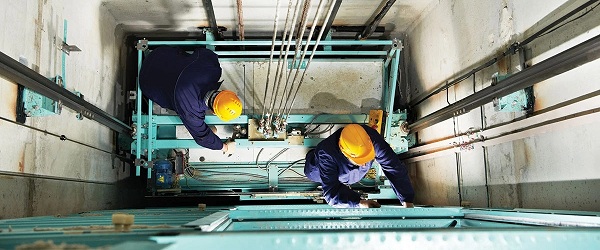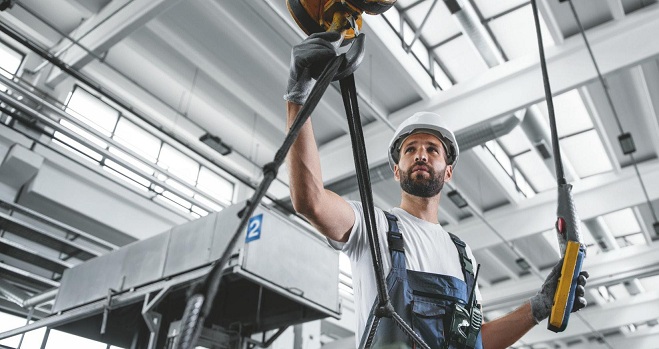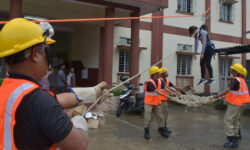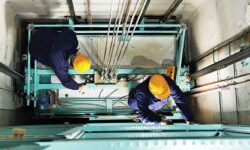Testing of Lifting Tools & Tackles
Testing of Lifting Tools & Tackles Pressure, Vessels tanks, pipes by our competent person
Testing of lifting tools and tackles is a crucial process to ensure the safe and efficient handling of heavy loads in industrial and construction environments. This testing involves thorough visual inspections, non-destructive testing, and load testing to detect any signs of wear, corrosion, cracks, or deformation. By verifying the strength and integrity of equipment such as chains, slings, hooks, and shackles, potential hazards can be identified before they lead to accidents. Regular testing not only ensures compliance with safety regulations but also extends the service life of the equipment, minimizes downtime, and safeguards workers during lifting operations. Safety starts with testing.
No matter what lifting device or aid is selected for use, it should be inspected prior to use and removed from service if defects exist. If the device is determined to be safe, then an assessment of its appropriateness for the manual material-handling task needs to be made. Lifting aids must be capable of handling the weight of the load. This is especially true for any type of crane, hoist, or derrick. If the operator or supervisor takes time to evaluate the material-handling task, he or she will most certainly discover that there are material-handling or lifting aids that can be adapted.

Testing of Lifting Tools & Tackles – Ensuring Safety & Reliability
In industrial, construction, and manufacturing environments, lifting tools and tackles play a critical role in moving heavy loads efficiently and safely. However, these tools are constantly exposed to high stress, harsh working conditions, and repetitive use, which can lead to wear, fatigue, and damage over time. Without proper testing and inspection, even the smallest defect can result in catastrophic accidents, putting lives and property at risk.

Why Testing is Important
Testing of lifting tools and tackles is not just a compliance requirement—it’s a proactive safety measure. It helps in:
- Detecting cracks, deformation, or corrosion.
- Verifying the load-bearing capacity of the equipment.
- Ensuring compliance with legal and industry safety standards.
- Preventing costly downtime due to unexpected equipment failure.
Testing Methods
The process generally includes:
- Visual Inspection – Checking for visible signs of damage, such as cracks, bends, or excessive wear.
- Non-Destructive Testing (NDT) – Using advanced methods like magnetic particle testing or ultrasonic testing to detect hidden defects.
- Load Testing – Applying a safe test load to ensure the equipment can handle its rated capacity without any structural failure.
Types of Lifting Tools & Tackles Covered
The testing process applies to a wide range of equipment, including:
- Wire ropes and chain slings
- Shackles, hooks, and swivels
- Eye bolts, turnbuckles, and spreader beams
- Crane lifting attachments, Cranes, EOT cranes, Farana etc.
Each tool must be tested based on its design, capacity, and frequency of use to ensure optimal performance.
Frequency of Testing
Industry guidelines recommend that lifting tools and tackles be tested:
- Before first use after installation or purchase.
- At regular intervals based on usage and environmental conditions.
- After any incident that may have affected their integrity.
Benefits of Regular Testing
- Enhanced Safety – Reduces the risk of accidents and injuries.
- Extended Equipment Life – Prevents premature wear and tear.
- Regulatory Compliance – Meets statutory inspection and testing requirements.
- Cost Savings – Minimizes downtime and costly replacements.



